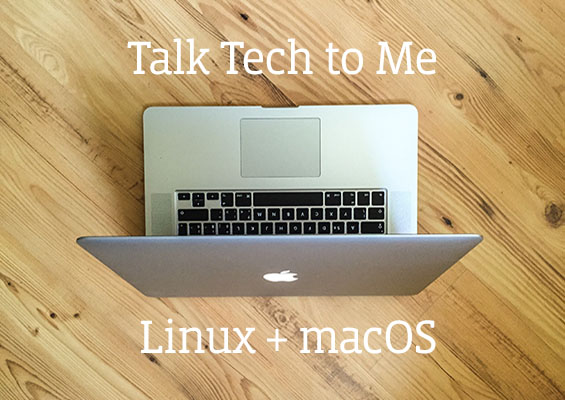

For example, if your project requires a version of a Python library only available from conda-forge However, sometimes you do not have the luxury of choosing your preferred environment manager. It is lightweight, portable, simple to use and I also find pyenv has fewer ‘gotchas’ than conda.

Personally, I prefer to use pyenvįor managing my python environments. There are alternative package managers for Python instead of Conda. I also believe it is better practice to make sure your environment is as ‘lean’ as possible, containing only the packages your project directly depends on.
Enable bash on mac install#
Given installing a library is only a ‘pip install’ away, it is easy to use Miniconda and only install libraries as and when you need them. Anaconda is very bloated and contains many libraries which you are unlikely to use, especially not in a single project. I would always recommend using Miniconda. Want fast access to Python and the conda commands and you wish to sort out the other programs later.Do not have time or disk space to install over 1,500 packages at once.Do not mind installing each of the packages you want to use individually.Wish to use a curated and vetted set of packages.Do not want to individually install each of the packages you want to use.Have the time and disk space – a few minutes and 3 GB.Like the convenience of having Python and over 1,500 scientific packages automatically installed at once.Provides the following helpful distinction: Which one should you choose? The Conda documentation In this post, I will demonstrate a useful short script for installing Miniconda directly from the command line on Linux and MacOS.įor the script 🚀 Miniconda vs Anaconda 🐍 #
Enable bash on mac full#
Has two main distributions: Anaconda (a full distribution with all the libraries of the PyData ecosystem pre-installed) and a bootstrap version called Miniconda which includes the conda package manager and the libraries it depends on only. However, I still get gsutil: command not found errors.Conda is a very popular package manager for Python, particularly in the data science community. If then source '/Users/kurtpeek/Downloads/google-cloud-sdk/' fi # The next line enables shell command completion for gcloud.

bash_profile: # The next line updates PATH for the Google Cloud SDK. Reinstalling with sudo, I get an additional prompt whether to modify my bash profile, which upon accepting leads to the following lines added to my. The first time I installed I did not use sudo. What lines would I have to add in order to make the command line completion work?
Enable bash on mac mac#
I'm on a Mac and my bash profile is ~/.bash_profile. It is not entirely clear to me, however, what is meant by these instructions. Indeed, I find that using the gsutil command still leads to a -bash: gsutil: command not found error, so I still probably have to perform this step. => Source in your profile to add the Google Cloud SDK command line tools to your $PATH. In the logged output, I see the following instructions: => Source in your profile to enable shell command completion for gcloud. I'm trying to install the Google Cloud SDK on a Mac (following ), using the install.sh script: ~/Downloads$.


 0 kommentar(er)
0 kommentar(er)
